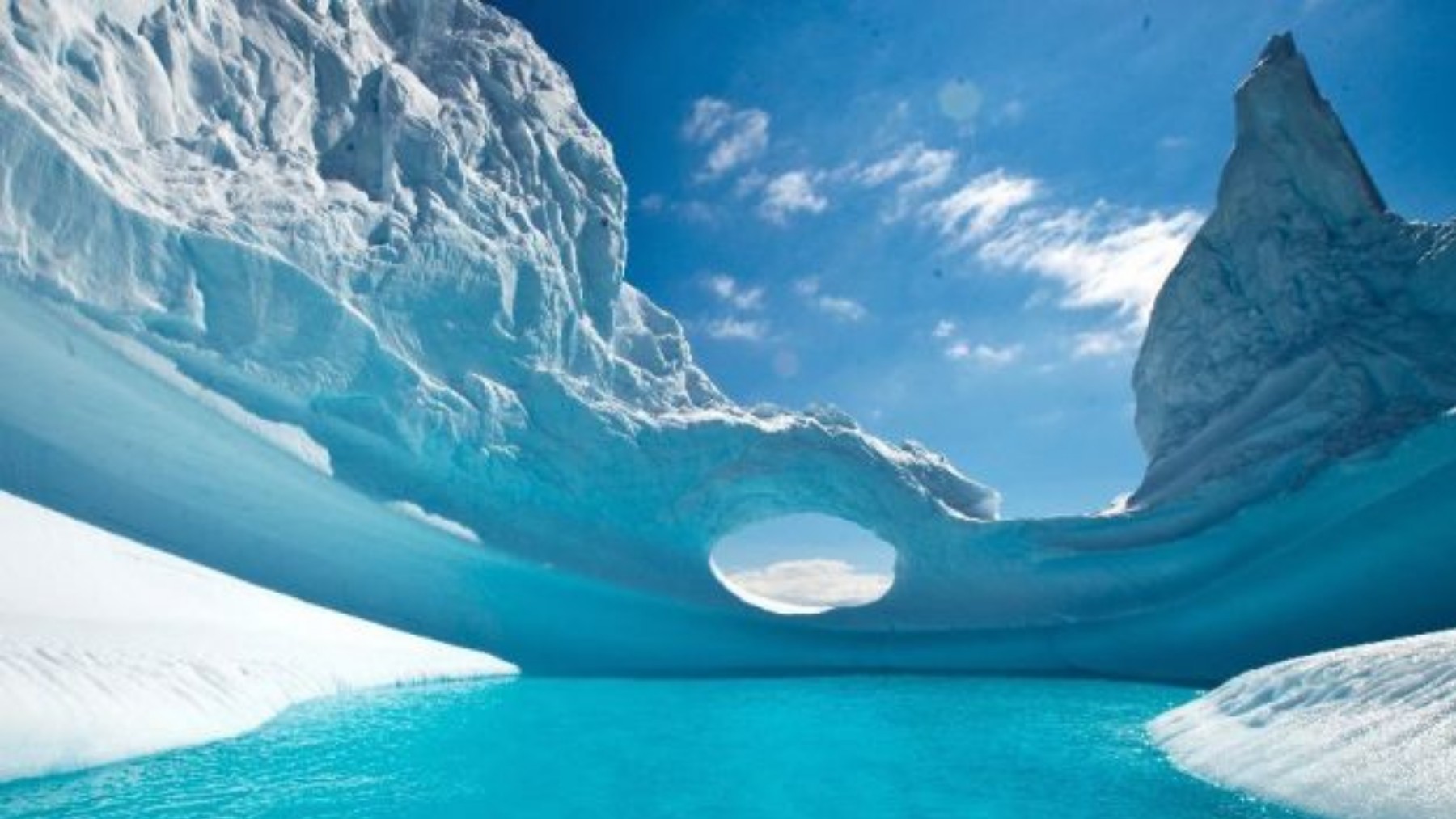To talk about the polynya, we must go back to 2016 and 2017, when scientists first detected them in Antarctica. But what are they? Nothing more and nothing less than giant holes in the sea ice that opened up in the middle of the Weddell Sea. According to experts, there had been no record of these phenomena since the 1970s, when they were captured by satellite cameras. Their origin could not be explained until years later when the necessary data was obtained thanks to floating robots, and even seals carrying sensors. As Stephen Riser, a professor of oceanography at the University of Washington, explains, for polynyas to occur, several factors must be present simultaneously.
According to Earle Wilson, the co-author of the study, it is a “flipping of the entire ocean.” All polynyas originate in the same region of the planet, the Maud Rise underwater mountain. Scientists attribute this to the fact that this slope of the mountain creates a rotating current of warmer water, which keeps the hole open. This hole is utilized by penguins, whales, and seals, which use it as a resting area and to take air. However, experts like Ethan Campbell, the original author of the study, believe that this may have an effect on the climate due to the possibility of it releasing oceanic carbon from the depths.
Natural phenomenas
Nature never ceases to surprise us. When we think we know everything about the phenomena that occur, about how it works and when we believe we can predict it, bam! A variation appears that breaks all the rules. This is what happened with polynyas, which were a mystery to researchers for many years. The first ones were detected in 1970 by satellite cameras, and it wasn’t until years later that, thanks to data obtained from floating robots and seals equipped with sensors, an explanation for these phenomena could be provided.
According to the co-author of this research and professor of oceanography at the University of Washington, Stephen Riser, “This study shows that this polynya is actually caused by a series of factors that all have to align for it to happen. In any given year, you could have several of these things happening, but unless you get all of them, then you don’t get a polynya”.
How are they produced?
The factors that must be present for a polynya to occur are the Antarctic sea, very salty surface waters, and strong winter storms. According to co-author Earle Wilson, “It is essentially a flipping of the entire ocean, rather than an injection of surface water in a one-way trip from the surface to the depths.” The most striking thing is that all the polynyas on Earth occur in the same region; above an underwater mountain called Maud Rise. Why this area? According to experts, the slope of the mountain creates a swirling current of warmer waters that helps keep the hole open.
Nature enjoys these phenomena
These holes are used by penguins, whales, and seals as a playground, and to pop their heads up for air. However, scientists are also concerned that these phenomena could release ocean-stored carbon gases from the depths, impacting the climate and exacerbating climate change.
According to Ethan Campbell, the lead author, “This deep carbon deposit has been locked away for hundreds of years, and in a bloom it could be vented to the surface through this really violent mixture. A large carbon degassing event could really impact the climate system if it occurred for several years in a row”. This is why voices like Riser’s argue that this will be resolved when more data is assumed, “We need to improve our models to be able to study this process, which could have larger-scale climate implications”.





